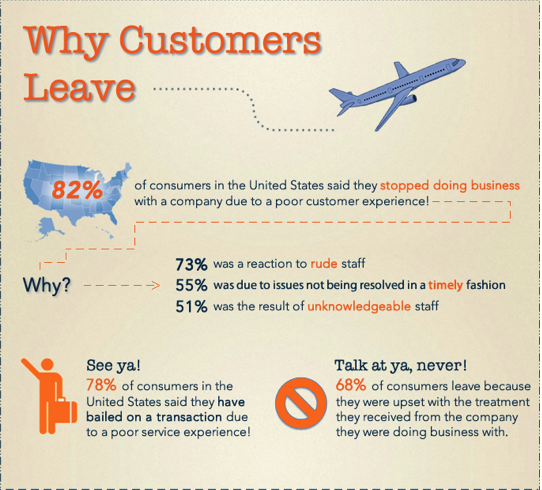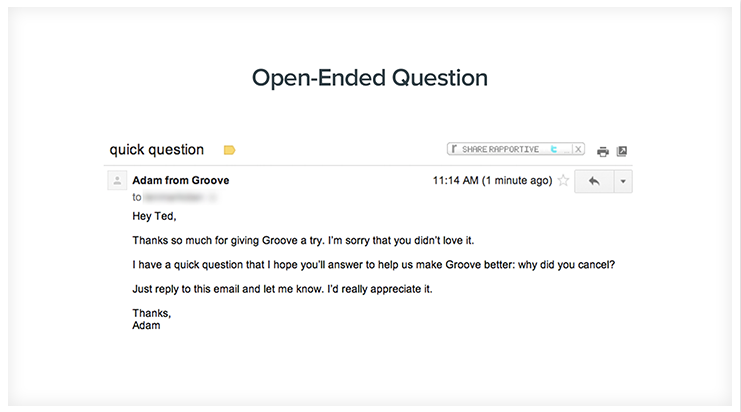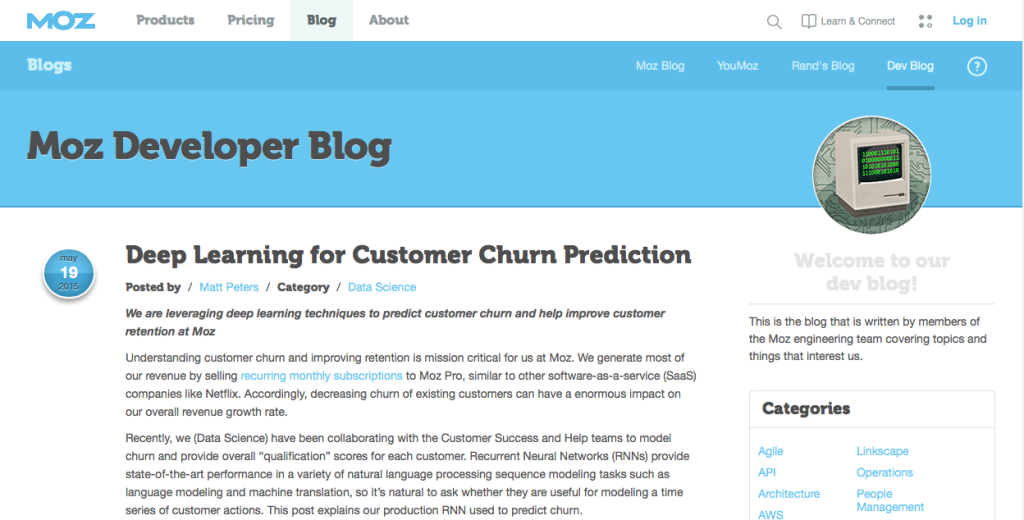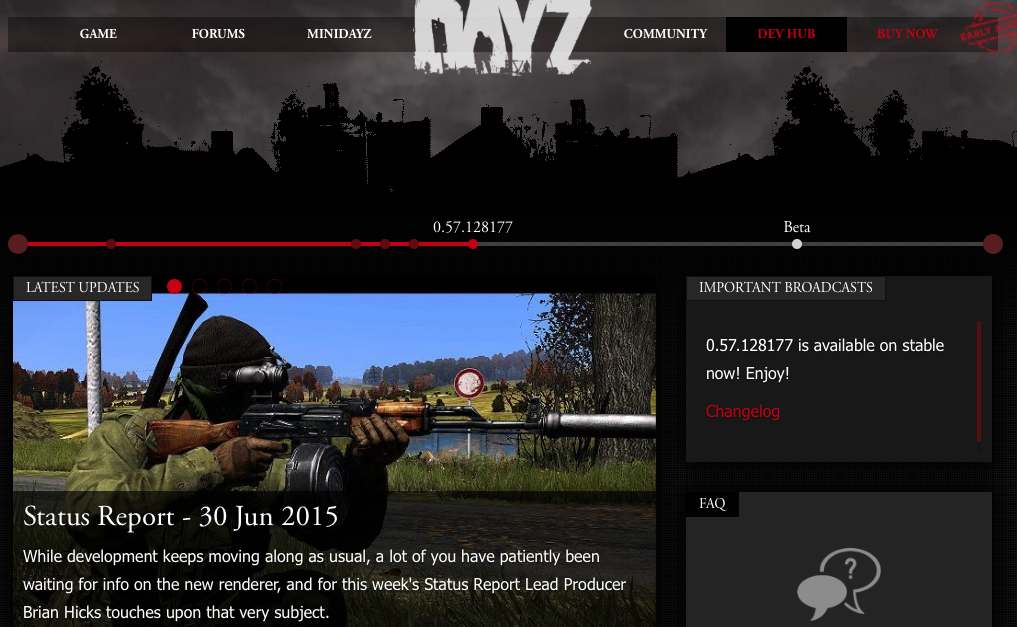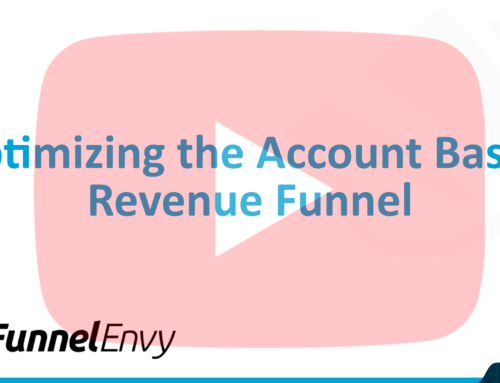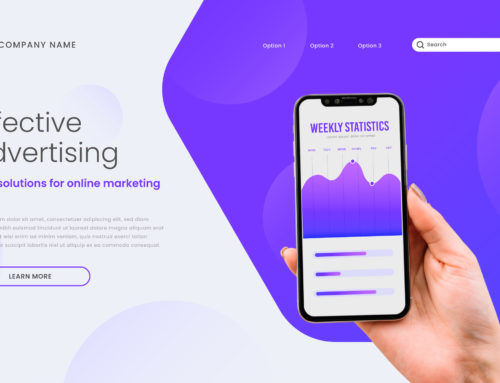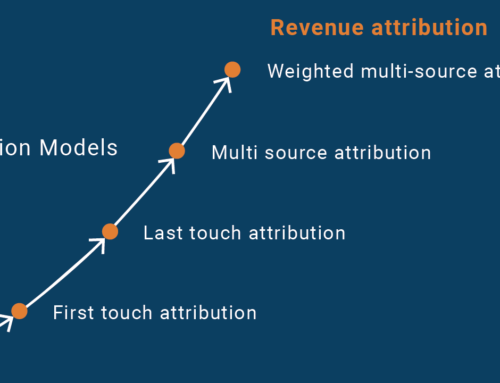What’s more important to you?
Attracting new leads or focusing on your existing customer base?
Both are viable tactics for helping to grow you business and both have their pros and cons. But which of them is the overall winner when it comes to turning a profit? Here’s a quick run down of the primary arguments for each.
- Continually attracting new prospects provides more sales opportunities.
- Focusing on increasing value and making the most out of your existing audience often brings higher conversions.
It’s basically a choice between growing a large audience with a low rate of conversion or having a smaller audience who are far more likely to convert.
Now whilst I’m a firm believer that there are no 100% guaranteed success strategies that apply to every single business, there’s a pretty clear winner with retention vs acquisition.
Photo credit: Deathtostock
In short, the winner is retention. It’s cheaper, easier to manage, offers more sales opportunities and converts at a higher rate.
Of course this isn’t true for the fresh startup who is looking to grow a customer base from nothing. But once that company reaches a certain size the focus should quickly shift over to a solid retention strategy.
Why Retention is the Smart Choice
There’s a trend with marketing managers looking to increase their bottom line to look outward for that increase. To turn their focus onto new prospects and completely overlook the customer base they’ve already attracted.
It’s a mistake which not only costs money in the short term, but is likely to lower potential profits in the long term.
You’ve heard that 80% of your profits are likely to come from 20% of your audience, right? It’s a rule that’s been proved many times over and, if you haven’t already guessed, shows you exactly where those income streams are. Right under your nose.
Now I know that many will argue that a larger customer base will bring more opportunities and I can’t fault the logic there. After all, 20% of 1000 is more than 20% of 500. But this completely overlooks the cost of acquiring and usefulness those extra 500 customers.
If you’re of the above opinion, let me know where you stand after the below stats:
- Numerous studies have discovered that acquisition is on average four to six times more expensive than retention.
- Market metrics estimate that the likelihood of converting an existing customer is 60-70%. Whilst the probability of converting a new customer is approximately 5-20%.
- A Bain and Company Study found that in increasing customer retention by 5% led to an increase in profits between 25-95%.
So it’s safe to say that a focusing on retention is not only cheaper, but also increases the potential for conversions and can drastically improve your company’s profit.
There’s no real question as to who wins the retention vs acquisition battle. The only question is how to keep your customers coming back.
Where it Goes Wrong
Before we get into some tactics for holding on to your customers let’s quickly examine the primary reasons that cause a customer to abandon a business and switch to a competitor. Here’s the three top reasons for losing your core customer base.
- Poor customer service
- We’ve all heard the horror stories from terrible brands who have no idea how to treat their customers. Take some of the US based ISP service providers who go to great lengths to complicate their customer service channels making canceling a contract next to impossible. All this does is scare away new prospects and makes existing consumers look to jump ship at the first opportunity. Poor customer service is cited as the reason why 82% of US customers eventually decide to leave a business.
- Subpar products
- If you’re not taking the time to really understand what it is your customers want then how are you going to create a product or service they really want to use? One of the most common mistakes marketers make is assuming they know what’s best and following that path. Remember, effective marketing is never about you but is always about the customer.
- Competition offering better service/deal
- We live in a competitive world and there’s always going to be someone out there who’s going to undercut your rates or even offer a better service.
- Whilst there’s no one universal fix that will turn a fickle follower into a faithful fan, the basic outline for combating all of the above causes of attrition is pretty much the same.
Simplifying the process down to its bare minimum we could say that a successful retention strategy aims to identify the needs and motivations of your customer base and deploy strategies that deliver the most value on the points identified.
However, I’m not a fan of general overviews, so let’s get into the details on how to devise and implement a solid customer retention strategy.
Research your Audience
A lot of marketers research their audience only to increase profits and sales. We quote the kind of statistics and studies outlining how data centric marketing programs produce a 15%-20% higher ROI. Hey, that’s great news, but knowing what makes your audience tick will also keep them coming back for more.
There’s two ways to approach understanding your audience for retention.
The first is to continue along the same lines as you have been.
Analyze UX issues with heat maps and analytics to see what elements are working well and what elements are throwing up obstacles for your customers. It’s difficult to hold on to prospects if they just don’t enjoy using your site.
Analyze user engagement patterns to see where your drop off points are and what content is causing people to unsubscribe or abandon their cart.
Analyze your customer service scores. Poor customer service is the reason 82% of US customers leave a business.
The second method is to survey customers who have left your business.
Now of course finding out what’s wrong with your baby isn’t pleasant, but it’s the only way you’ll be able to make the changes that really matter.
Any ideas on the best way to identify these major deal breakers? You guessed it, ask them.
I’m sure you’ve seen plenty of company’s utilize this method before. We’ve all received one of those marvelous little emails which pose the ‘why did you leave?’ question followed by a short multiple choice survey.
Whilst these are useful you’ll get a better quality of information if you pose an open ended question and let the prospect tell you in their own words what went wrong.
Below’s a quick example implemented by Adam from Groove.
It’s simple and gets straight to the point. The implementation of this open ended question increased response rates nearly eight times and provided the groundwork for changes that led to a significant increase in customer retention.
If you’re still not convinced that retention is the best way to go and instead want to focus on acquisition, consider the power of word of mouth. In the marketing world there’s little more powerful than word of mouth marketing.
If you can keep your customers happy they’ll not only stay with you, they’ll also spread the word and take a lot of the hassle of finding new customers off your plate.
Use that Feedback
So you’ve taken the steps to understand how your product, site or service can be improved. The next step is to put these discoveries into practice and make the changes your audience want’s to see.
Now before you jump straight in and just do whatever it is your audience says we need to have a think about the best ways to interpret feedback.
Sometimes your audience knows what they want, but not how they want it.
Take this famous Henry Ford quote as an example, “If I had asked people what they wanted, they would have said faster horses.”
Whilst obviously an impossible goal it does give you an interesting insight into what your customers want.
You need to learn to separate the problem from the solution.
In this case the problem was a lack of speed. Henry knew that the only way to achieve this was with the introduction of motor vehicles. A vastly different, but ultimately superior solution to what his audience would have asked for.
There’s very little customer feedback which will prove completely useless as long as you can pull out the main problem and devise a solution.
Once you’ve zeroed in on your solution it’s time to start working, however, be sure not to forget your audience.
Depending on the service, site or product, audience inspired development could take anything from a few days up to several months. Your audience has taken the time to highlight how to make the service better so be sure to keep them updated.
To stop your audience base from feeling under appreciated (more on why that’s important later) and to show them how important their views and feedback are to you consider implementing regular development updates.
The fact that you’re keeping your audience updated is going to act as a huge bonus and really help with your retention strategy and there’s a number of ways you could implement these updates.
- Forums
- Including a forum where audience members are able to suggest potential improvements is a great way to not only conduct your audience research but to also keep them updated on where you are in the process. Here’s a great example from the team at Wunderlist where the dev can leave comments on hot topics with development updates.
- Email Updates
- Sometimes the most simple answer is the best. Generally speaking it’s going to be active customers and subscribers who you’re researching so why not take the time to send them a quick email about the future development plans and how you’re taking their needs into consideration.
- Development Blog
- Development blogs are a big deal in the video game world where frequent patches and updates are needed to balance developments in the community. It’s a great way to get your development plans out there to keep your audiences happy and in the know of upcoming changes coming their way. Here’s how the guys who develop Day Z run their dev blog.
Keeping your audience updated on your development isn’t just a way to let people know what you’re doing day to day but can also help to build hype and buzz around new features or developments.
The fact that you’re listening to what your audience wants coupled with the excitement we all feel when our favorite products try something new is a sure win for keeping your audience on board.
Make it Personal
No one likes to feel overlooked.
If you’ve managed to grow your customer base into the thousands it’s easy to forget that you’re still working to help out individual people.
Messages become generic, updates are sometimes forgotten and we can even overlook the loss of a few customers because we’ve got plenty of others ready and waiting.
It’s a pitfall many marketing managers fall into and can be extremely detrimental to a business. A study has actually revealed that 68% of customers stop doing business with a company because they feel like the company was indifferent towards them.
When it comes to personalization most of us immediately think of starting emails and correspondence off with a merge tag that includes your customer’s name. It’s a great place to start but doesn’t really go past the superficial.
Instead you need to use the research you’ve already carried out to better target your messaging and materials to your customer base.
Brand image is a huge factor that’s tied to personal identity, if you can create an overlap you’re one step ahead of the game.
The hardcore rock climber isn’t going to buy a waterproof jacket from Adidas, but instead from a brand like Berghaus simply because it’s a brand who target that market and who they can better associate with.
Purchasing a Berghaus jacket isn’t just to keep you dry when you’re heading down to the shops for a pint of milk. It’s a symbol that you’re an outdoors enthusiast. Their customers like to be seen as hardcore climbers, hikers and survivalists.
Adidas or Nike might be larger companies, but they don’t have the image or the reputation in those particular fields and so don’t appeal to those who associate with the outdoors crowd.
Appealing to the personal identity of your consumers helps build a sense of community and an emotional attachment. When done well, the attachment and bond that’s built can actually keep your consumers from moving to prospects even if they have a superior product or cheaper offer.
With the various benefits acquisition brings and it’s comparatively short list of negatives it’s definitely where you should focus your attention.
There’s lots of techniques that can be used to hold on to your customers and build loyalty but the best involve you talking to your audience and understanding their preferences.
This is the very minimum you need to undertake in order to create a solid retention strategy.
It’s a mystery why so many marketers focus on building their customer base instead of turning to the valuable resource that’s already at their fingertips. Leave a comment and let us know about your experience and adventures in the realm of customer retention vs acquisition.

